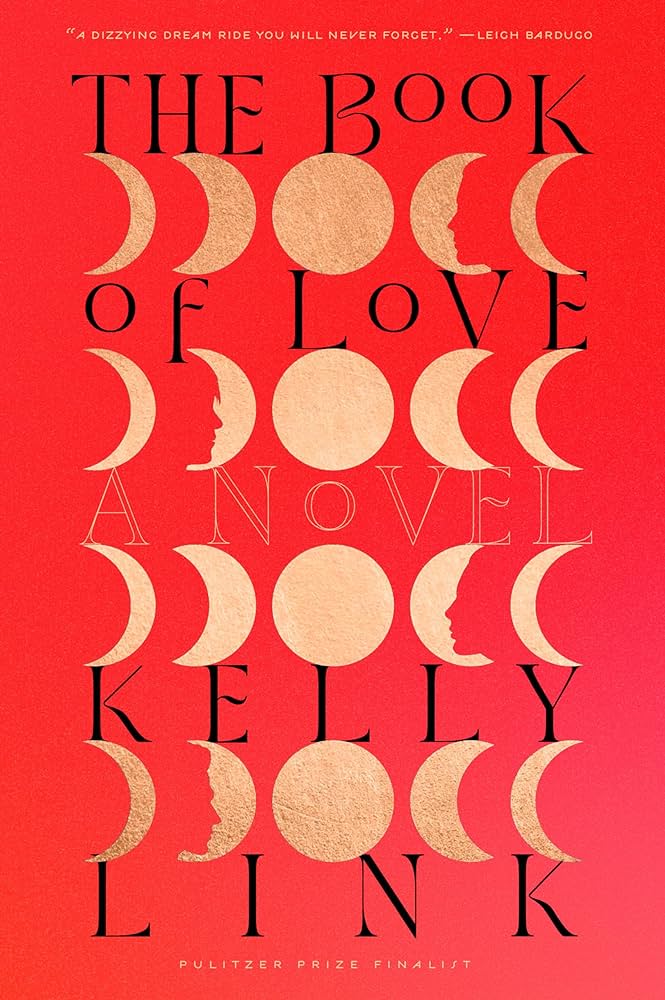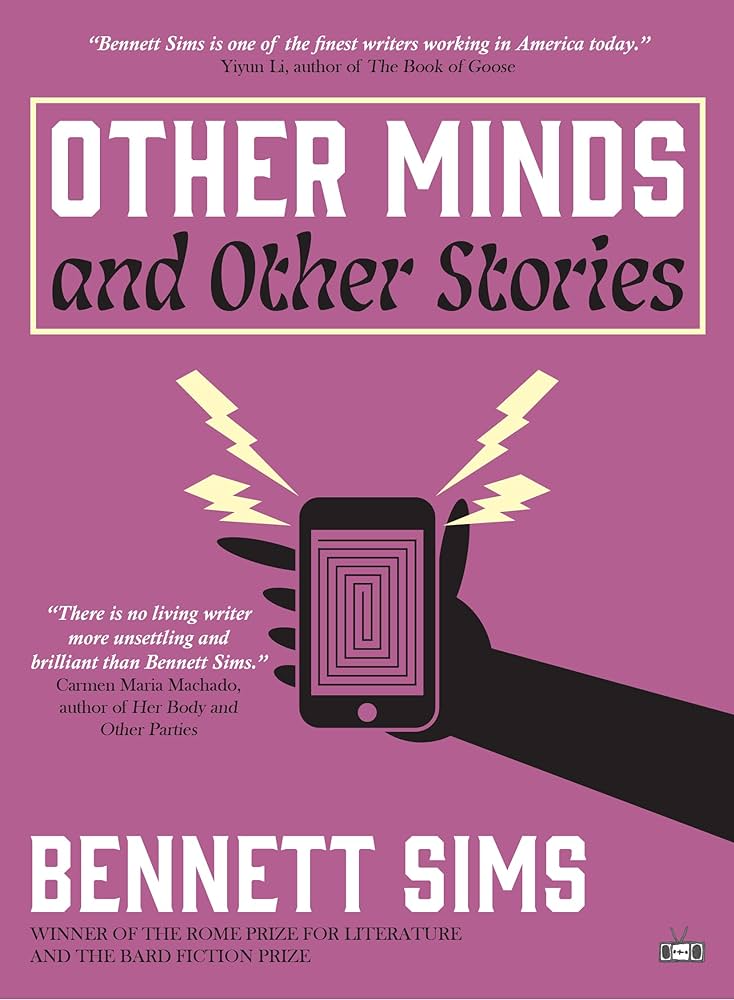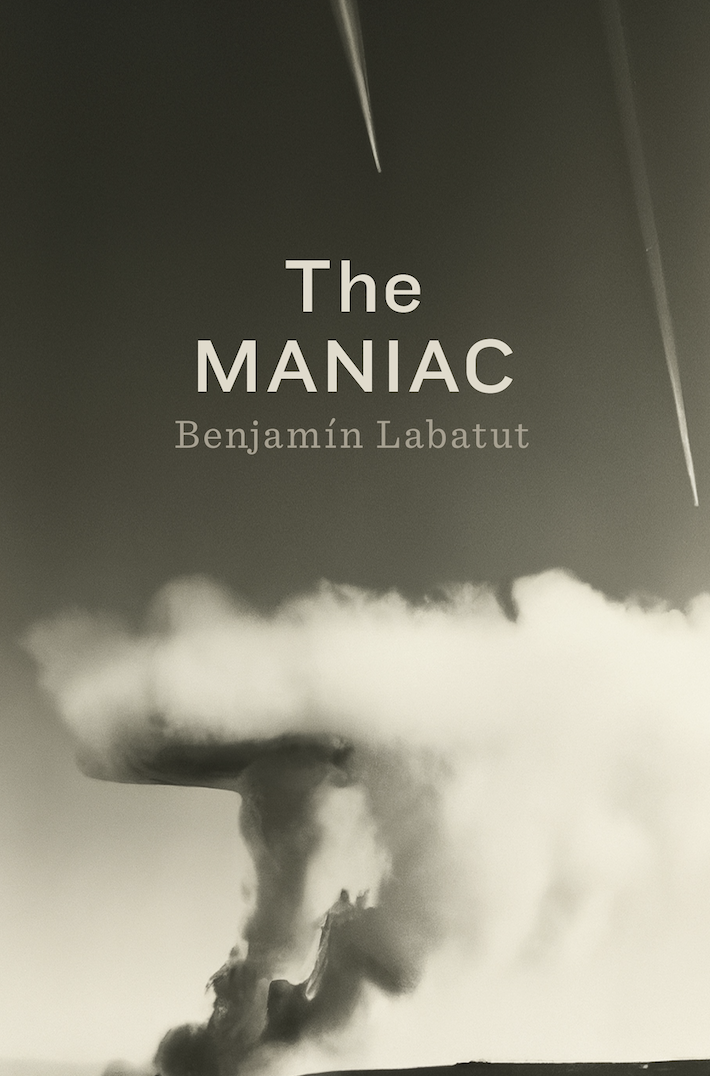
On its surface, Kristen Radtke’s Imagine Wanting Only This is a book about grief. When Radtke was in college, her uncle, a man whose presence in her life is something between a father’s and a brother’s, dies from a rare genetic heart condition. The sudden death of uncle Dan and the possibility that the same condition could be present in her own DNA create in Radtke a desire to explore ruins and abandoned cities, to explore, physically and philosophically, life’s impermanence.
Illustrated in stark and often-gorgeous shades of gray, the book looks the way Radtke feels: at once benumbed and dreamy. The cleanliness of the linework augments the melancholy of the narrative, a technique that calls to mind Adrian Tomine, another significant chronicler of urban solitude. The simplicity of the people in the book is contrasted with the staggering complexity of the environments. In one stunning two-page spread, Radtke looks out at an Icelandic vista; Radtke is small, occupying only the bottom-right corner of the page, with the sky large and enveloping. Despite the book’s compositional wizardry, however, Radtke remains committed to understatement.
In a work otherwise characterized by subtlety, the connection between the body’s deterioration (her uncle’s, but also, potentially, hers) and the expeditions to and excavation of desolate places is far from subtle. “Every few months I found myself looking again into the inscrutable heart defect that threaded through my family,” she writes. “I couldn’t comprehend why the dead couldn’t be made undead. Why a heart that caved couldn’t be filled out again.” Later, Radtke imagines parting her uncle’s chest cavity only to find the interior of an abandoned cathedral.
Perhaps unsurprisingly, her grief propels her to travel, though Radtke deftly avoids ascribing too much meaning to her excursions. Indeed, in the end her trips mean nothing — not in the sense that they don’t mean anything, but that they mean a further inching towards oblivion. In a handwritten note composed on top of an image of a child’s balloons, Radtke writes, “My friends are all writing to me, jealous, asking about the town, and the wine, and the men. All I want to say is that I’m lonely as hell.” She concludes the note by saying, “There are so many expectations what this is all supposed to look like — being happy, having an adventure.”
Yes, Imagine Wanting Only This is about grief and loneliness and mortality, but what makes the book so vital, what elevates it beyond its travelogue-meets-grief-memoir trappings is its incisive examination of female restlessness, of the difficulty of reconciling what she wants (to be an explorer and a creator of art) and what, as a woman, she’s told to want (to be a creator of life).
Before the release of Imagine Wanting Only This, Radtke published a series of illustrations in The New Yorker about the loneliness of life in New York. In “The Loneliness of Longing for Other People’s Apartments,” Radtke draws a succession of drab buildings, the only excitement coming from faraway glimpses of the tenants in the windows. “What continues to surprise me when I walk down a street at night and catch the corner of a bedroom beyond a window’s curtain, or someone flipping through TV channels from the couch,” Radtke writes, “is the longing I feel for these homes I’ll never be invited into — or, maybe more accurately, for the lives I’ll never live.” As artists we imagine the lives of other people all the time, so much so that it can be hard not to desire those lives.
For Radtke, “having it all” does not mean having a job, a marriage, and children. For Radtke, as she illustrates in both her New Yorker work and her new book, “having it all” means amassing as many experiences — stories, sights, sounds — as she can. Family is how many people understand the world, and that’s okay, but for many women, art is the key to unlocking the mysteries of life.
This desire to experience comes with the realization that perhaps it is possible only by being lonely. In “The Loneliness of the Solitary Job,” another of her New Yorker pieces, Radtke sketches a series of people who work from behind a counter or a glass window. Of these workers of solitary jobs she writes, “though they’re often physically removed from those around them, separated by glass or a counter’s edge, engaging with others for only brief moments, they’re also well positioned to observe the city moving around them.” Like the man behind the counter of a food truck, an artist must be able to observe the world around her, and this can sometimes only be done through separation.
This notion of alienation as a way of seeing the world animates much of Imagine Wanting Only This, particularly in Radtke’s treatment of her relationship with Andrew. The two met while Radtke was attending an art school in Chicago, where the classes were held mostly at night. “I liked the simple fact of filling a space,” Radtke writes, “the comfort of sitting with spotlights and worn easels in a quiet room before being released into dark, empty streets.” Near the art school was a basement theater that held puppet shows. “I really appreciated how the puppets represent humanity’s fabricated relationships,” Andrew says.
On a tip from a classmate, Radtke takes Andrew to Gary, Ind., a town whose main attraction was an abandoned cathedral near the city’s center — the same cathedral Radtke sees when she imagines opening her uncle’s chest. The spread in which Radtke and Andrew stroll through the cathedral is the first page in the book to not have any panels, as if being among the ruins is liberating for Radtke. The prose too becomes more poetic, more unfettered: “Ivy overtook the corroding walls as it does in storybooks, covering the slated stone with spindles of earthy web.”
The two lovers are framed in the middle of the decaying church, and it’s easy to read that as Radtke finding comfort in Andrew while ruination surrounds them. After returning home from Indiana, Radtke expresses hope for the future together: “The future felt like an infinite and hazy concept, a space we’d undoubtedly occupy and conquer together.” It’s then that Radtke finds out her uncle has died. Grief, of course, has a way of changing one’s conception of the future.
The apartment Radtke and Andrew share goes from fixer-upper to prison cell. There is a claustrophobic two-page sequence that shows a bird’s-eye view of their bedroom, with each panel the same size as the next one. Radtke laments “how unprepared [they’d] been to pretend [they] were adults.” In another panel Radtke says that she feels like Joan Didion at the beginning of “Goodbye to All That.”
In “Goodbye to All That,” Didion writes that it “never occurred” to her that she was “living a real life” in New York. “In my imagination,” she says, “I was always there for just another few months, just until Christmas or Easter or the first warm day in May.” Didion relates herself to the Southerners who reside in Manhattan: “They seemed to be in New York as I was, on some indefinitely extended leave from wherever they belonged, disinclined to consider the future, temporary exiles who always knew when the flights left for New Orleans or Memphis or Richmond or, in my case, California. Someone who lives always with a plane schedule in the drawer lives on a slightly different calendar.”
Like Didion, Radtke begins to feel the same restlessness, the same disinclination towards the future. She tells Andrew that she’s going to Italy and when Andrew calls her out for the abruptness of her departure — “You have a life here” — Radtke responds, “I just feel like I have to go see something else for a while.” Their separation does not last long, however, and Andrew soon visits Radtke in Italy and proposes to her. In celebration, or what seems like celebration, they take a tour of Europe together. In one of the standout pages of the book, Radtke imagines the photographs of their trip hanging on the wall of their future home next to photographs of their wedding and their children. The pictures of Europe are fully rendered, while the pictures of their future show Radtke as an empty outline. The future that she should want — the one in which she’s married with children — feels indistinct, unreal.
The engagement unsurprisingly falls apart, and soon Radtke finds herself on the island of Siquijor in the Philippines, with her friend Mary Helen. During a tour of the island, they stop at the home of the island’s faith healer. Mary Helen suggests Radtke ask the healer about her heart condition, and when Radtme gestures towards her heart, the healer says, “the only cure for that is a man.” The healer prescribes “tagihumok,” a love potion that will “soften [her] heart.” But as she says as she leaves the healer’s house, “I wasn’t just some heartbroken girl.”
Towards the end of the book, over images of an open road and a snowy landscape and a power line against the vast sky, Radtke writes, “if the genes in my heart hold, if they stay in their shape and function, I worry for what will be used up with age. I want to consume everything while there is still more to be had, leftovers in the periphery I can concern myself with later. Am I supposed to want children who will mourn me or husbands I will watch lowered into the ground or houses I will endure in their emptiness?” The whole endeavor of Imagine Wanting Only This is to examine the well-trod philosophical ground of how we live on after our deaths, and while Radtke avoids answering that question in any definitive way, the implication is that, for Radtke and many women like her, being a wife and mother is not the only way to endure.
 Although it will be talked about within the context of other grief memoirs, Imagine Wanting Only This is also part of a lineage of books about restless women. One of the books it is most reminiscent of is Kate Chopin’s The Awakening. Edna Pontellier, Chopin’s protagonist, liked “to wander alone into strange and unfamiliar places. She discovered many a sunny, sleepy corner, fashioned to dream in. And she found it good to dream and to be alone and unmolested.” Like Edna, Radtke too likes to wander into strange and unfamiliar places, places that appear made “to dream in.” Also like Edna, Radtke finds this dreaming only to be possible when she’s “alone and unmolested.”
Although it will be talked about within the context of other grief memoirs, Imagine Wanting Only This is also part of a lineage of books about restless women. One of the books it is most reminiscent of is Kate Chopin’s The Awakening. Edna Pontellier, Chopin’s protagonist, liked “to wander alone into strange and unfamiliar places. She discovered many a sunny, sleepy corner, fashioned to dream in. And she found it good to dream and to be alone and unmolested.” Like Edna, Radtke too likes to wander into strange and unfamiliar places, places that appear made “to dream in.” Also like Edna, Radtke finds this dreaming only to be possible when she’s “alone and unmolested.”
 A much more recent novel with which Radtke’s memoir shares its spirit is Jenny Offill’s Dept. of Speculation, a keen and salient work of feminist autofiction. “My plan was to never get married,” Offill’s narrator says. “I was going to be an art monster instead. Women almost never become art monsters because art monsters only concern themselves with art, never mundane things.” To be a monster is to be abnormal and ravenous, and to be a woman concerned solely with art is regarded the same way. Towards the end of the novel, the narrator, nameless but sometimes referred to only as “the wife,” decides to teach creation myths in her writing class. In some creation myths, she muses, “God is portrayed as a father, in others, as a mother. When God is a father, he is said to be elsewhere. When God is a mother, she is said to be everywhere. It’s different, of course, with the art monsters. They are always elsewhere.” A woman who is “elsewhere,” or who even desires to be “elsewhere,” is not successfully performing the roles and behaviors expected of her gender.
A much more recent novel with which Radtke’s memoir shares its spirit is Jenny Offill’s Dept. of Speculation, a keen and salient work of feminist autofiction. “My plan was to never get married,” Offill’s narrator says. “I was going to be an art monster instead. Women almost never become art monsters because art monsters only concern themselves with art, never mundane things.” To be a monster is to be abnormal and ravenous, and to be a woman concerned solely with art is regarded the same way. Towards the end of the novel, the narrator, nameless but sometimes referred to only as “the wife,” decides to teach creation myths in her writing class. In some creation myths, she muses, “God is portrayed as a father, in others, as a mother. When God is a father, he is said to be elsewhere. When God is a mother, she is said to be everywhere. It’s different, of course, with the art monsters. They are always elsewhere.” A woman who is “elsewhere,” or who even desires to be “elsewhere,” is not successfully performing the roles and behaviors expected of her gender.
Radtke definitely desires to be everywhere, but just as pressing is the desire to be elsewhere. She wants more: more sights, more sounds, more stories, more life, more time. For many women who want to create art, it’s all too easy to imagine wanting only what we’re supposed to want.








